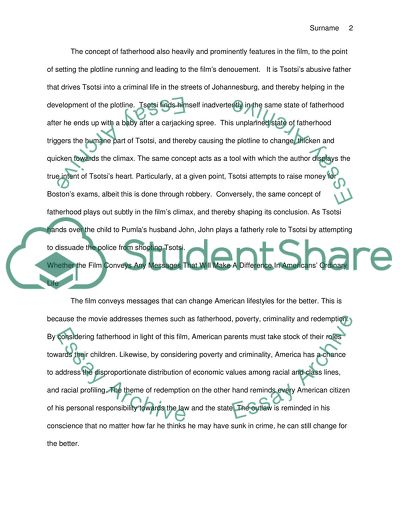Cite this document
(“Tsotsi Movie Review Example | Topics and Well Written Essays - 1500 words”, n.d.)
Retrieved from https://studentshare.org/visual-arts-film-studies/1451692-film-analysis-essay
Retrieved from https://studentshare.org/visual-arts-film-studies/1451692-film-analysis-essay
(Tsotsi Movie Review Example | Topics and Well Written Essays - 1500 Words)
https://studentshare.org/visual-arts-film-studies/1451692-film-analysis-essay.
https://studentshare.org/visual-arts-film-studies/1451692-film-analysis-essay.
“Tsotsi Movie Review Example | Topics and Well Written Essays - 1500 Words”, n.d. https://studentshare.org/visual-arts-film-studies/1451692-film-analysis-essay.


